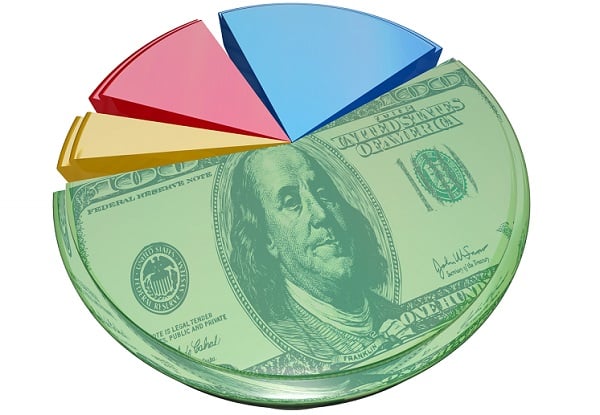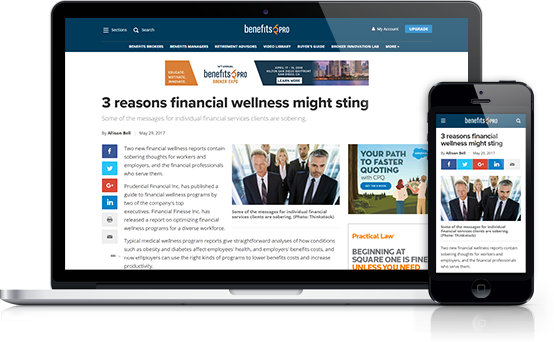 The potential savings would be spread among employers ($194 billion) and employees ($116 billion), and the non-group market ($42 billion). (Image: Shutterstock)
The potential savings would be spread among employers ($194 billion) and employees ($116 billion), and the non-group market ($42 billion). (Image: Shutterstock)
With a self-funded plan, a company operates their own health plan with the help of a broker and a third party administrator (TPA). Companies take on more risk in the process but can manage this risk by buying stop-loss or excess-loss insurance. Once a company reaches an employee size of over 100, they should start considering going to a self-insured plan to save money and improve cash flow.
Recommended For You
Complete your profile to continue reading and get FREE access to BenefitsPRO, part of your ALM digital membership.
Your access to unlimited BenefitsPRO content isn’t changing.
Once you are an ALM digital member, you’ll receive:
- Breaking benefits news and analysis, on-site and via our newsletters and custom alerts
- Educational webcasts, white papers, and ebooks from industry thought leaders
- Critical converage of the property casualty insurance and financial advisory markets on our other ALM sites, PropertyCasualty360 and ThinkAdvisor
Already have an account? Sign In Now
© 2025 ALM Global, LLC, All Rights Reserved. Request academic re-use from www.copyright.com. All other uses, submit a request to [email protected]. For more information visit Asset & Logo Licensing.








